In honor of Native American Heritage Month, we are highlighting books featuring Indigenous voices and diverse perspectives about Indigenous history and colonization. We took a look back at books reviewed in The Maine Organic Farmer & Gardener and have compiled this reading list of books that center Indigenous communities and ecology, herbalism, science, relationships with the land, and more.

“Fresh Banana Leaves: Healing Indigenous Landscapes Through Indigenous Science” by Jessica Hernandez, Ph.D., North Atlantic Books, 2022
Author Jessica Hernandez is an environmental scientist of Maya Ch’ortí and Zapotec descent and the founder of the environmental consulting business Piña Soul, which supports Black- and Indigenous-led conservation and environmental projects. In “Fresh Banana Leaves,” Hernandez succinctly and thoroughly introduces a number of ideas important to the intersectional Indigenous environmental movement. Interspersed throughout is the story of Hernandez and her family, and the intergenerational trauma and dissociation from the natural world that is central to their indigeneity. Hernandez also highlights moments in Indigenous environmental movements that are not often discussed in textbooks or newspapers — like the Coast Salish people fighting for fishing rights in the Pacific Northwest during the 1960s “Fish Wars,” and the more recent persecution of the Indigenous Garifuna people in Guatemala over land disputes — as well as featuring voices from current Indigenous-led environmental projects and organizations.
– Sam Schipani
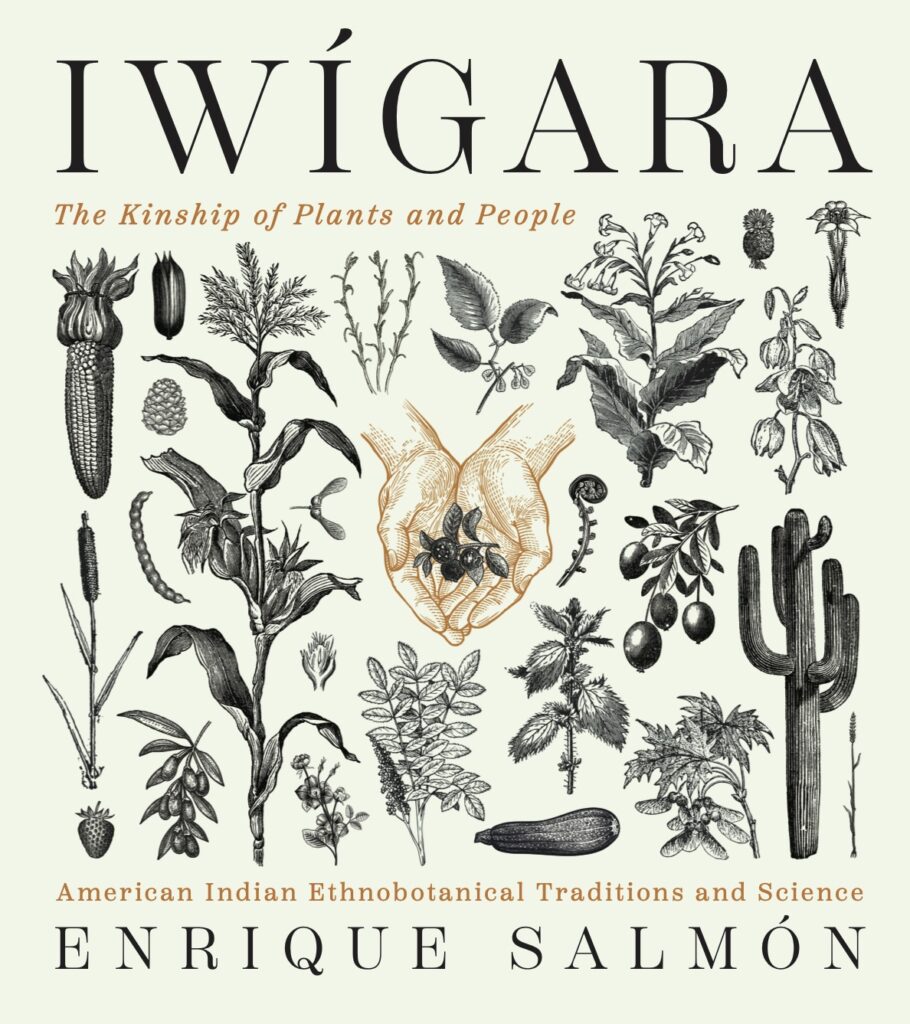
“Iwígara: American Indian Ethnobotanical Traditions and Science” by Enrique Salmón, Timber Press, 2020
“Iwígara: American Indian Ethnobotanical Traditions and Science,” by Enrique Salmón, focuses on 80 plants that are culturally relevant to North American native people. In the introduction of the book Salmón explains what the concept of Iwígara is in his Rarámuri tribe, and how the Rarámuri see themselves as part of an “extended ecological family,” setting the framework for what he shares throughout the book. He begins with origin stories of native people in the various regions of North America, highlighting some similarities and also the vast differences throughout them. Through his words we are guided to learn about the respectful collection of plants: thanking them, giving offerings and being conscious not to over-harvest.
– Denise DeSpirito
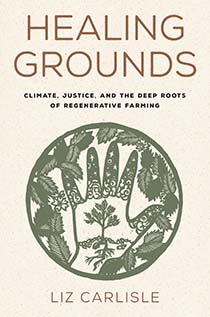
“Healing Grounds: Climate, Justice, and the Deep Roots of Regenerative Farming” by Liz Carlisle, Island Press, 2022
Over the course of four chapters, “Healing Grounds” leads us into the histories and present day of Indigenous, Black, Mesoamerican and Asian American farmers. From the Blackfeet Nation and a project to reintroduce buffalo to their native grazing grounds, to Black agroforestry in North Carolina, to the immense biodiversity and a community approach to small farming in California, readers are taken on a journey that acknowledges the effect of colonization on the land, people and climate, and are shown why we can’t settle for a simplistic approach of swapping a handful of conventional farming practices for regenerative ones. From the buffalo, we learn how the fundamental principle of regenerative grazing is “one that challenges settler agriculture to its core.” Carlisle writes, “To see plants and animals as gifts, and indeed as teachers, we have to let go of the idea of domination … The most sustainable food systems, as the history of the North American prairie clearly demonstrates, are liberated ones.” Each farmer Carlisle meets reiterates the importance of liberation. Even the language we use matters. Farmer Olivia Watkins prefers the term “spawn run” over “colonize” when talking about growing mushrooms. “Colonization connotes violence, and that’s not how mycelia — strands of fungi that collaborate to form a sort of superorganism — operate.”
– Katie Spring
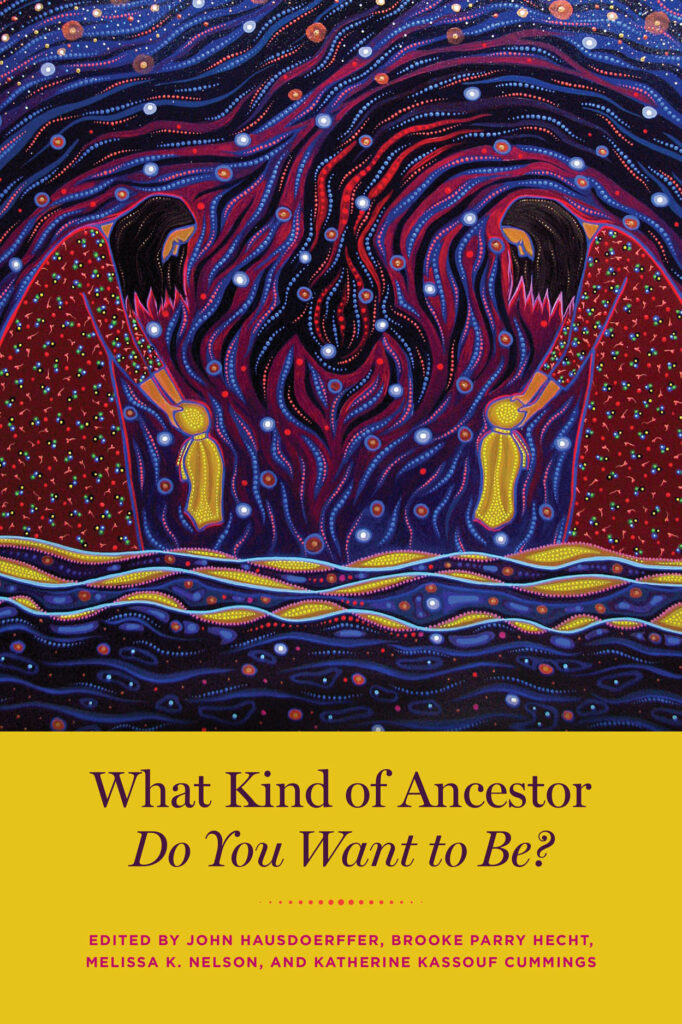
“What Kind of Ancestor Do You Want to Be?” edited by John Hausdoerffer, Brooke Parry Hecht, Melissa K. Nelson, and Katherine Kassouf Cummings, The University of Chicago Press, 2021
“What Kind of Ancestor Do You Want to Be?” is a thought-provoking book that encourages readers to consider their impact on future generations and the environment. This collection presents the idea that we are all ancestors-in-waiting and that the choices we make today will shape the world that our descendants inherit. It draws on insights from Indigenous communities and ecology to suggest that we should approach our role as ancestors with humility, reverence and respect for the natural world. One of the strengths of the book is the variety of personal stories, interviews, philosophical insights and scientific data that is woven together within its pages from the many collaborators who are pondering this same question.
– Denise DeSpirito
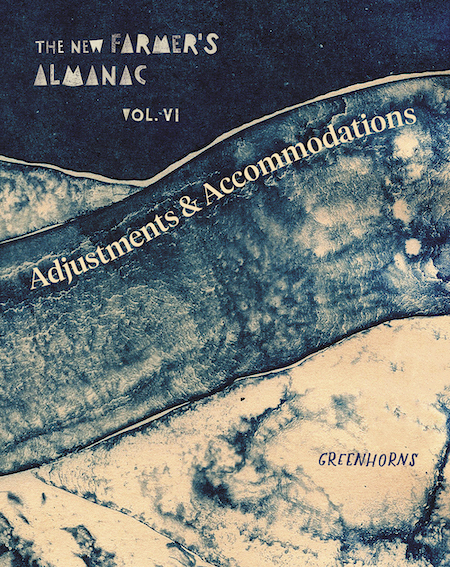
“The New Farmer’s Almanac, Volume V” by Greenhorns, Greenhorns, 2021
“The New Farmer’s Almanac” is a book of connections. Within its pages, poems, essays, interviews and art weave together stories of farmers, gardeners, teachers and land stewards from across the United States and Earth, connecting stories and soil, policy and art, Indigenous wisdom and possibilities of the future. In “Penobscot Million,” we see how the legal arguments against the Penobscot Tribe’s rights to the river came down to the Oxford English Dictionary’s definition of “island.” Which leaves one wondering, is it possible to find acknowledgement through the language of colonizers? Later, in “Beans, Peas, Quinoa, Wheat,” Charlotte Du Cann writes, “Once, we had stories that kept us close to the land … Can we recover those kinds of relationships? Can ancestral myths and teaching speak to us again?” And we’re reminded that if we look far enough back, every language holds stories of connection and reciprocity, and we can grow our way back to them.
– Katie Spring
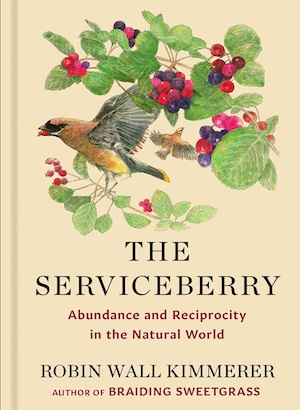
“The Serviceberry: Abundance and Reciprocity in the Natural World” by Robin Wall Kimmerer, Scribner, 2024
The award-winning author of “Braiding Sweetgrass,” Robin Wall Kimmerer, returns with another powerful meditation on relationship, ecology, and Indigenous wisdom. “The Serviceberry” explores gift economies, with Serviceberry (Amelanchier arborea and A. alnifolia) as a guide. A member of the Potawatomi Nation, one of the Anishinaabe people of the Great Lakes region, Kimmerer knows Serviceberry as a gift, though readers might also know them for the ecosystem services they provide. As browse for deer and moose, and a source of pollen for insects, and a berry buffet for birds, Serviceberry supports biodiversity. Kimmerer writes that “the land is the source of all goods and services, which are distributed in a kind of gift exchange: one life is given to support another.” With these gifts comes a responsibility of respect and sharing, gratitude and reciprocity. When we recognize the Earth’s nurturing as a gift, we are moved to give a gift in return. A gift, Kimmerer says, can be a direct response, such as weeding or watering Serviceberry, whose bounty has been given to you. Or, it could be indirect — she cites donating to a local land trust that supports habitat for the “gift givers” as an example. The currency is relationship, and the gift economy enhances mutual wellbeing.
– Holli Cederholm
The full book reviews originally appeared in The Maine Organic Farmer & Gardener, the quarterly publication of the Maine Organic Farmers and Gardeners Association.
